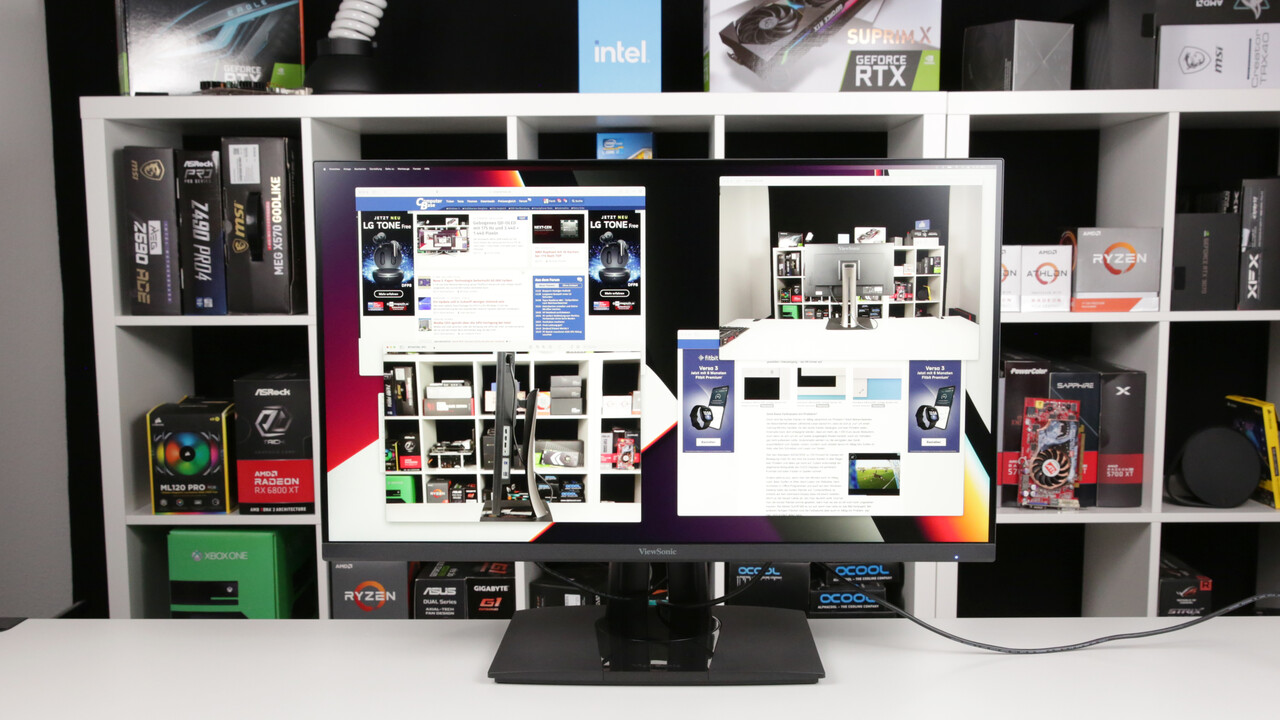
VESA, which is responsible for monitoring standards, offers a variable refresh rate logo program for computer monitors and laptops. If the monitors meet the specified test criteria, they may bear the new “AdaptiveSync Display” and “MediaSync Display” seals.
The new certificate program aims toClear standards for consumers“are defined so that”Variable refresh rate monitor performanceIt can be compared better.
More than 50 certification exams
More than 50 automated display performance tests are supposed to be a prerequisite for the release of the VESA “AdaptiveSync Display” seal, which also has the maximum refresh rate possible with active Adaptive-Sync. For example, there is an “AdaptiveSync Display 144” logo for a monitor that supports Adaptive-Sync up to 144Hz.
However, in the testing procedure for certification, other criteria will be counted in addition to the refresh rate. Here are examples:
- refresh rate
- eyelash
- Response time from gray to gray *
- Frame drop video
- video-frame-rate-vibration
*The response time must also take into account the threshold values of the so-called off-target overshoot, so that high image quality is ensured.
The refresh rate is irrelevant to the “MediaSync Display” logo, because this only indicates a lack of displaycut off In media playback, it is less relevant to gaming monitors than multimedia monitors.
Observers must pass all tests
According to the VESA press release, monitors must pass all testing for a seal and also be certified according to the guidelines for the DisplayPort standard, which includes Adaptive-Sync technology, which has been part of DisplayPort version 1.2a since May 2014 and allows for variable refresh rates. Adaptive-Sync for AMD FreeSync is used on Radeon and Nvidia G-Sync compatible graphics cards with GeForce graphics cards to match the graphics card’s frame rate.
closer Information about test conditions In addition to the list of screens with new logos can be found on the website Adaptivesync.org.
The list currently contains only two 27-inch models of LG’s Ultragear series: the 27GP850 with QHD and 165Hz and the 27GP950 with 144Hz and UHD. More likely to follow very soon.

“Problem solver. Proud twitter specialist. Travel aficionado. Introvert. Coffee trailblazer. Professional zombie ninja. Extreme gamer.”





More Stories
With a surprise in the case: a strange cell phone from Nokia was introduced
PlayStation Stars: what it is, how it works and what it offers to its users | Sony | video games | tdex | revtli | the answers
t3n – Digital Pioneers | digital business magazine